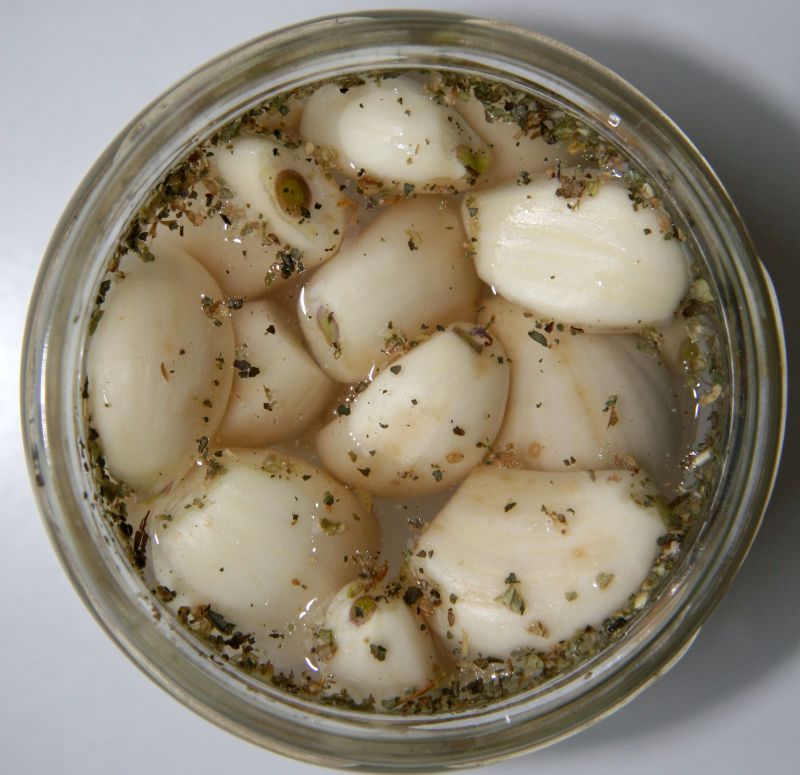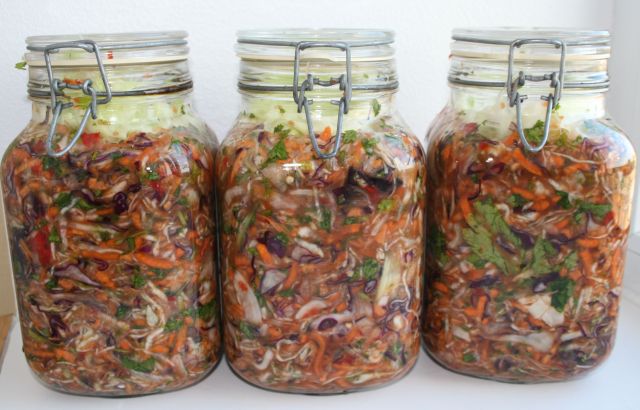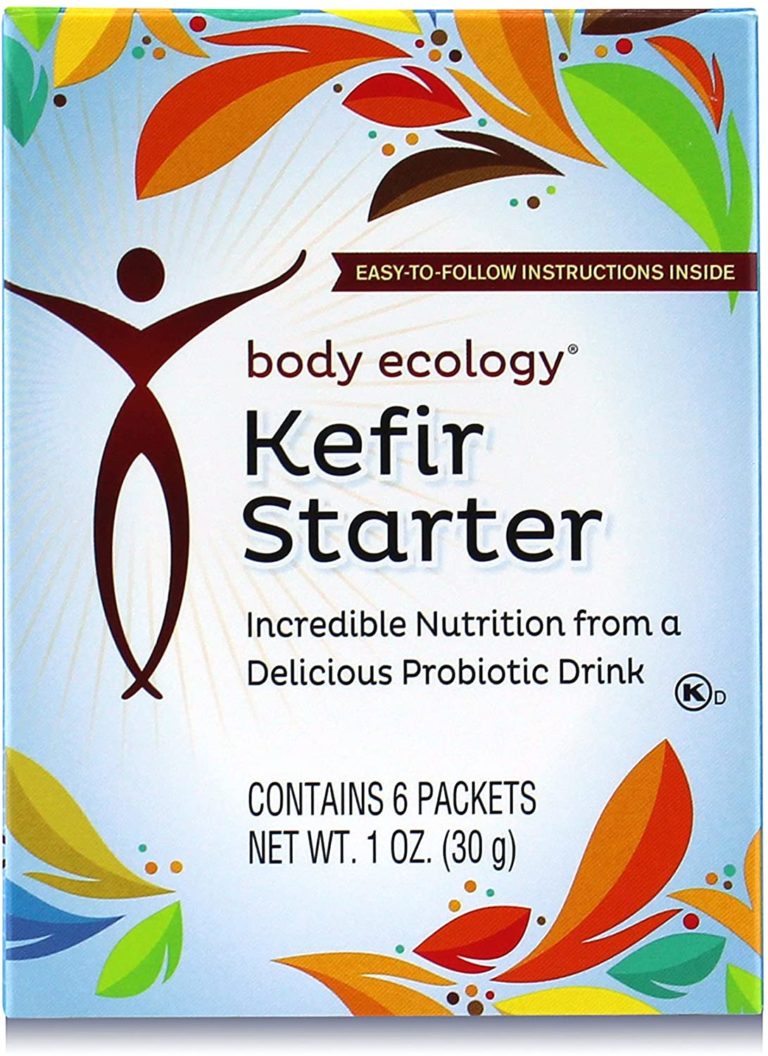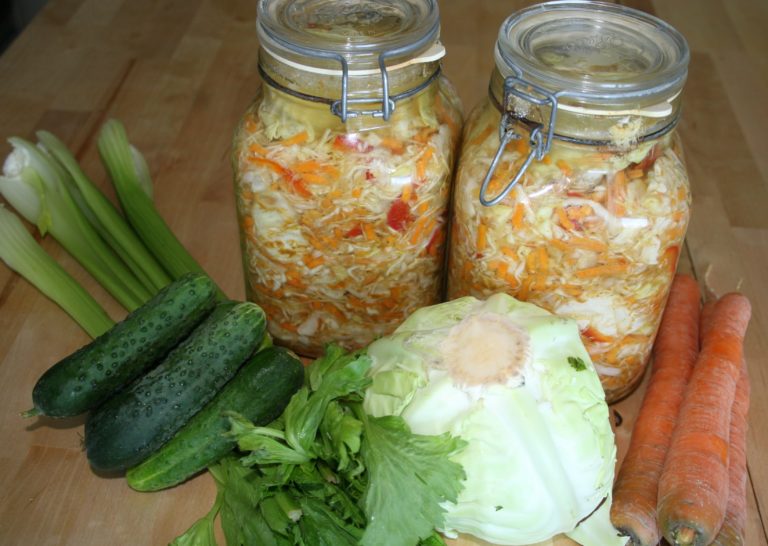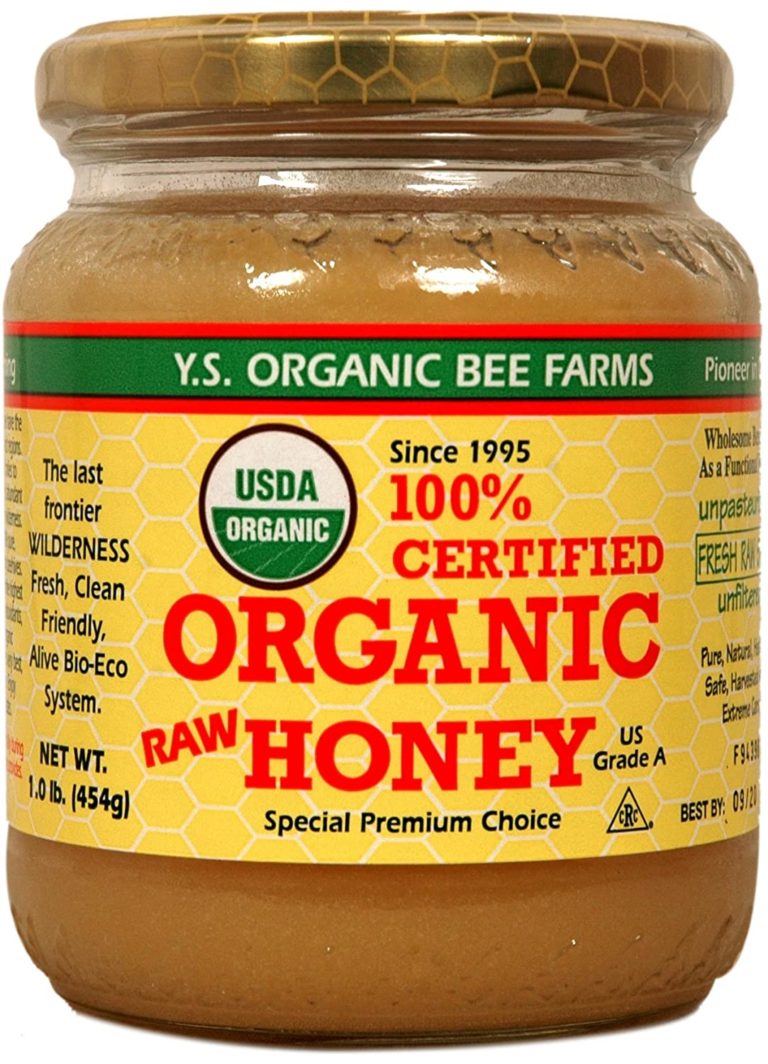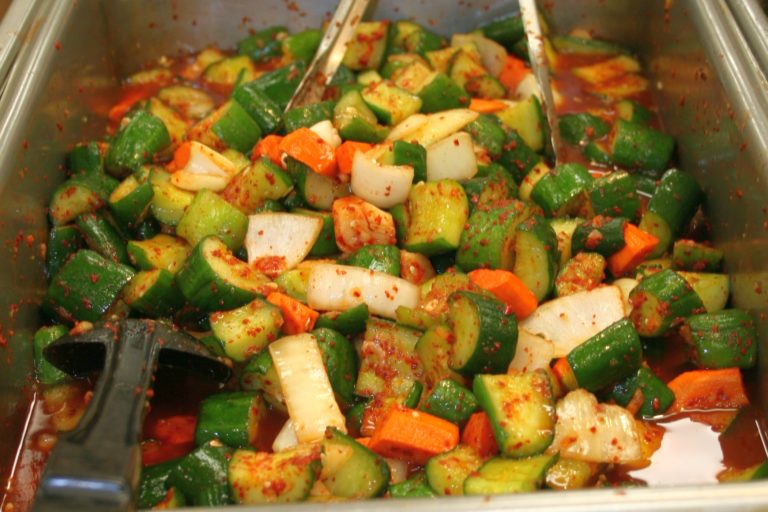Fermented Garlic Recipe | Prepare a Tasty Powerhouse of Nutrition
Fermented garlic has a unique taste and properties. Many have asked about how to go about preparing it at home. So if you’re a garlic lover, please read on.
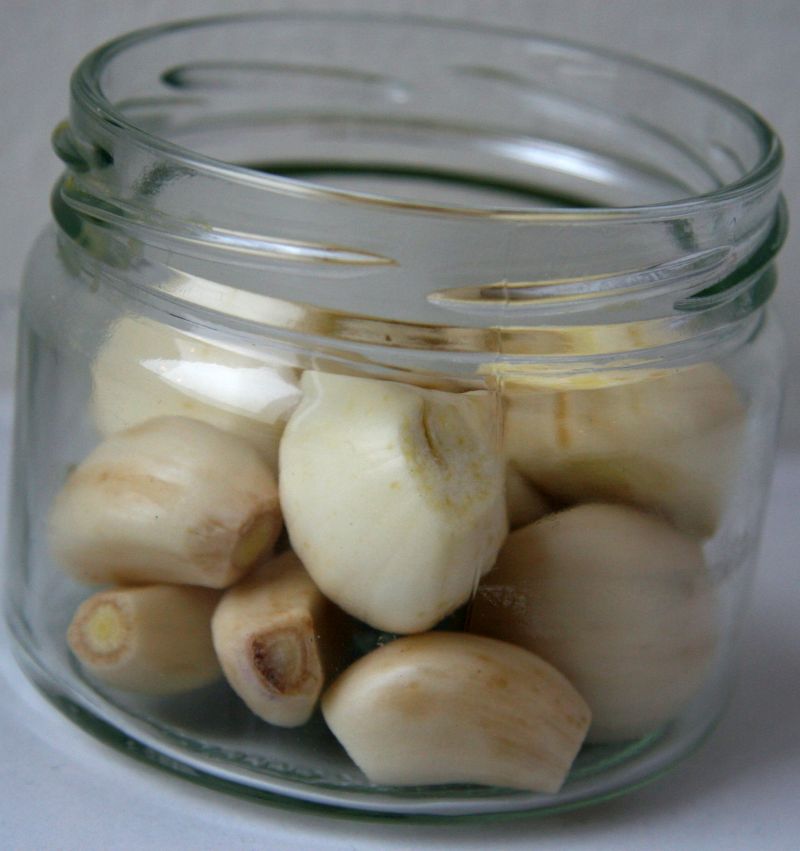
Some add garlic when fermenting a mix of vegetables like cabbage, ginger, carrots, and others. In such cases, the garlic taste often dominates the batch. Others (like me) prefer to ferment garlic in separate jars. Whatever you prefer, the taste remains superb.
The great thing about fermented garlic at home is that you can spice it as you like.
How to ferment garlic
During fermentation, new compounds are produced like hydrogen peroxide, antioxidants, and lactic acid. You can ferment whole garlic bulbs or just the cloves like I do here.
I’ve tried to ferment garlic with and without a culture starter. The main difference is that it will take longer to ferment without a starter. But the taste is equally delicious. If you need a starter, check the Amazon.com links below (yes, I get commissions).
Fermented garlic using a starter
- Peel and clean the garlic
Leave the cloves whole but without the peel. Here I used small jars containing 15-25 cloves in each. But you can also prepare more if you like.
- Prepare the starter
Dissolve the starter in water. Add about 1 teaspoon salt to each jar. Use whatever jar you have at home; Mason jars are great.
- Fill the jars
Fill the jar to about 75%. During fermentation the liquid will bubble and rise, and this can cause brine to leak out from the jar; this is normal. Try adding herbs, spices, or vegetables to enrich the look and taste. Here I added only oregano. Try also black pepper, fennel, red pepper, chili, or fresh dill. Or add something different in each jar.
- Ferment at room temperature
Leve the jar to ferment for 5-7 days. You will see bubbles in the jars which is a good sign. The garlic should be zesty and tangy.
- Store in a cool place
Store in a cellar or fridge. The taste usually improves with time. The garlic will keep for a long time.
How to use fermented garlic
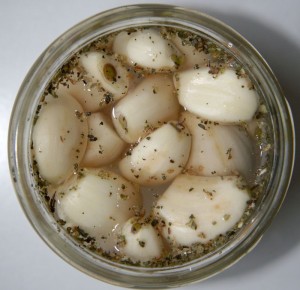
Fermented garlic can be used in recipes calling for raw garlic. Fermented garlic is milder than raw garlic, so you don’t have to be too picky with amounts.
You can also enjoy the fermented cloves as you would enjoy pickled garlic—in salads or as a side dish.
If you want to preserve the beneficial probiotic bacteria, avoid boiling or frying the garlic as high temperatures will destroy live microorganisms. Instead, add the garlic just before serving.
Fermented garlic salad dressing
- 2 tablespoons fresh lemon or lime juice
- 1/3 cup olive oil
- Salt
- Oregano
- Fresh basil
- 2 pressed cloves fermented garlic (or cut small)
Mix all ingredients in a bowl. Done!
Fermented garlic tasty butter
This butter is great on bread, with boiled potatoes, and also meat. Mix all ingredients well in a bowl and you’re done. Refrigerate in an air-tight jar.
- 1/2 cup softened butter
- 2-3 cloves of pressed fermented garlic
- Salt, pepper
- Finely cut fresh basil (optional)
I wish you all success with your next fermented garlic batch!
FAQ
Some, but not all, commercial black garlic is prepared in a fermentation process that includes live bacteria. However, the taste of black garlic differs completely from the recipe in this post. Black garlic is sweet and soft; it’s more like candy.
Pickled garlic usually refers to garlic being preserved in some acidic mix of vinegar, salt, sugar, and herbs. This can be done without fermenting the garlic. However, pickling and fermenting do overlap since fermented foods are also preserved in an acidic, lactic acid rich brine. Pickled garlic can also be very tasty, though even if it does not contain live and beneficial microorganism.
This is harmless. The acidic environment and sulphur compounds present in garlic promote the formation of a chlorophyll-like substance (green). Under the right conditions, natural chemicals react with each other, thus creating clusters of carbon-nitrogen rings called pyrroles. The ring structures absorb particular wavelengths of light and thus appear coloured – some can look red, others blue or green. These pigments are perfectly safe to eat. In fact, some deliberately create green garlic as it looks appealing.
Same reason as when it turns green. A mixture of onion and garlic can add a blue tone to your garlic. These pigments result from chemical reactions. Some people enjoy the blue colour. You get the most intense colour by mashing garlic and onion together, then warming the puree on low heat to speed up the reaction without destroying the enzymes.
